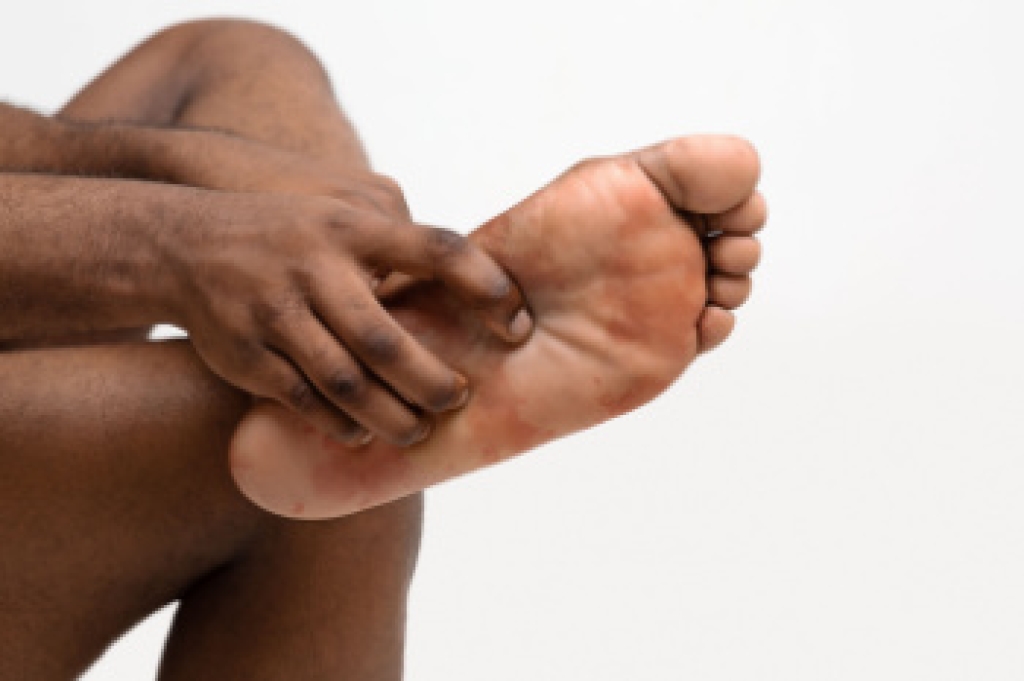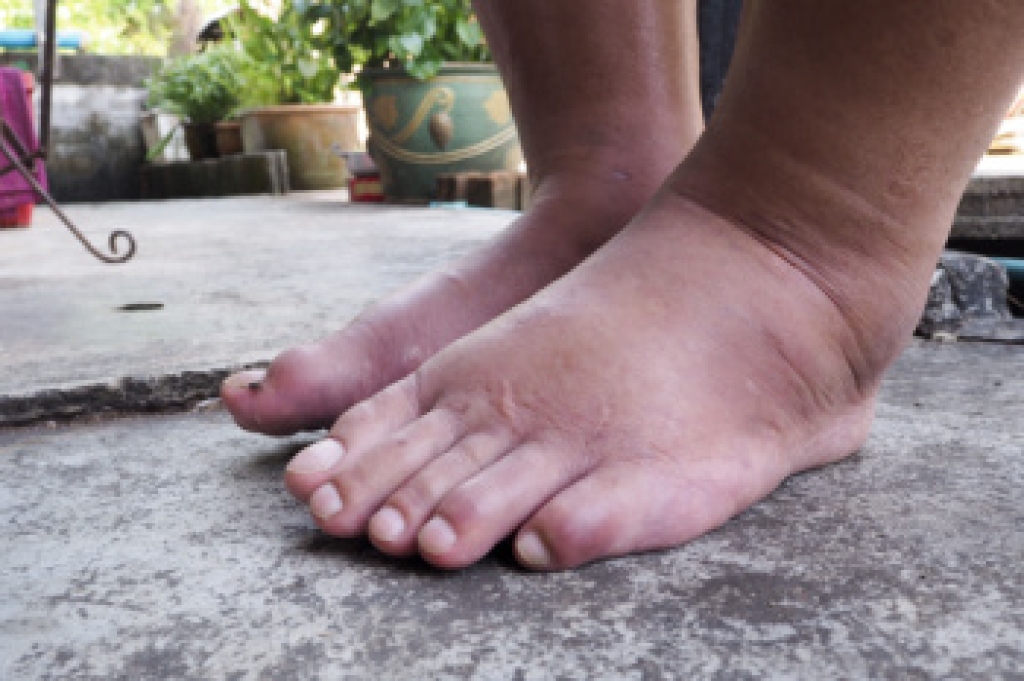 You’ve probably seen many bruises on your skin throughout your life, with their black-and-blue discoloration and associated pain, but did you know that you can also bruise a bone? A bone bruise occurs when a small injury on the surface of a bone fills up with blood and other fluids. Like a regular bruise, a bone bruise may cause your skin to turn black, blue, or purple, but it is usually accompanied by other symptoms, such as stiffness, joint swelling, pain, and tenderness that last longer than a typical bruise. Bone bruises are somewhat common among athletes and people who work physically demanding job,s which can take a toll on their feet and toes. The bruise may last anywhere from a couple of days to several months, but if you find that your symptoms are getting worse instead of better over time, then you may have a more serious injury, such as a broken bone. If you notice a large bruise on your feet or toes, it is suggested that you seek the care of a podiatrist.
You’ve probably seen many bruises on your skin throughout your life, with their black-and-blue discoloration and associated pain, but did you know that you can also bruise a bone? A bone bruise occurs when a small injury on the surface of a bone fills up with blood and other fluids. Like a regular bruise, a bone bruise may cause your skin to turn black, blue, or purple, but it is usually accompanied by other symptoms, such as stiffness, joint swelling, pain, and tenderness that last longer than a typical bruise. Bone bruises are somewhat common among athletes and people who work physically demanding job,s which can take a toll on their feet and toes. The bruise may last anywhere from a couple of days to several months, but if you find that your symptoms are getting worse instead of better over time, then you may have a more serious injury, such as a broken bone. If you notice a large bruise on your feet or toes, it is suggested that you seek the care of a podiatrist.
Broken toes may cause a lot of pain and should be treated as soon as possible. If you have any concerns about your feet, contact one of our podiatrists from Bergen Foot & Ankle. Our doctors will treat your foot and ankle needs.
What Is a Broken Toe?
A broken toe occurs when one or more of the toe bones of the foot are broken after an injury. Injuries such as stubbing your toe or dropping a heavy object on it may cause a toe fracture.
Symptoms of a Broken Toe
- Swelling
- Pain (with/without wearing shoes)
- Stiffness
- Nail Injury
Although the injured toe should be monitored daily, it is especially important to have a podiatrist look at your toe if you have severe symptoms. Some of these symptoms include worsening or new pain that is not relieved with medication, sores, redness, or open wounds near the toe.
If you have any questions please feel free to contact our offices located in Fort Lee, NJ and Flushing, NY . We offer the newest diagnostic tools and technology to treat your foot and ankle needs.




